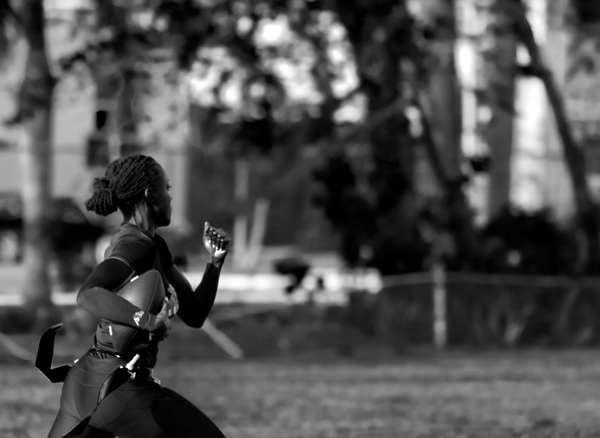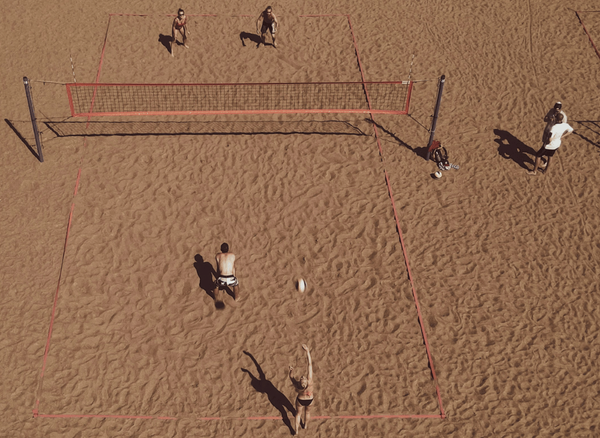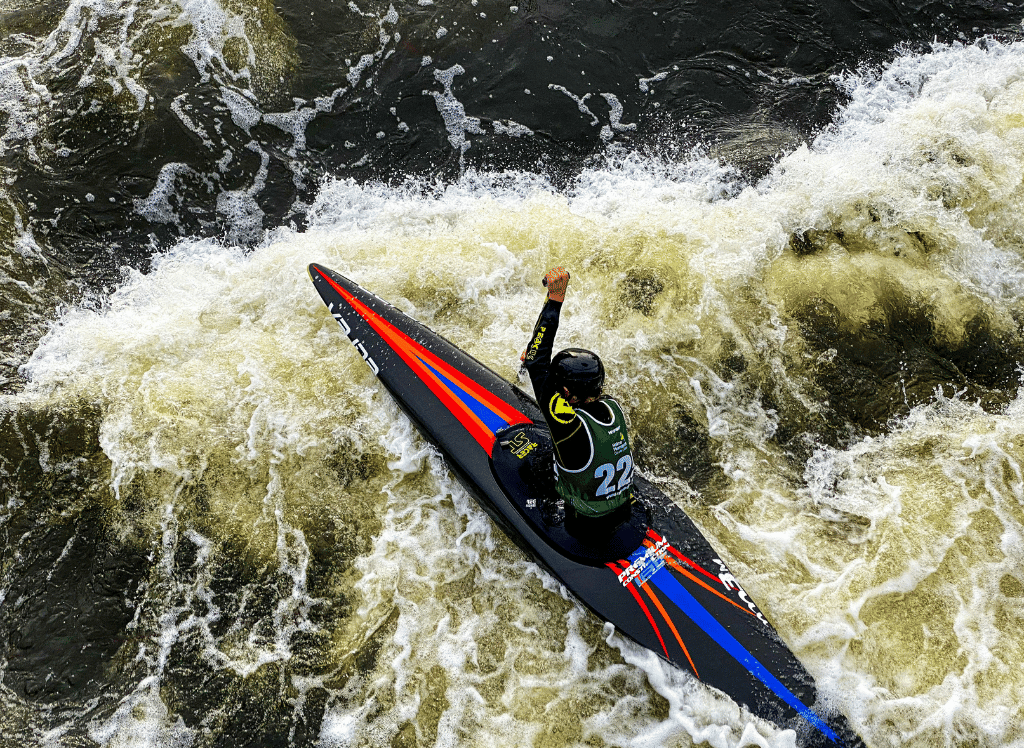The triple jump, often referred to as the "hop, step, and jump," is a fascinating field event that combines elements of sprinting, jumping, and gymnastics. If you've ever wondered what it feels like to be a human pogo stick, this is the event for you. Unlike the high jump or pole vault, the triple jump focuses on horizontal distance rather than vertical height.
The event has a rich history, dating back to the ancient Olympic Games. Today, it is a staple in modern athletics, featured in competitions like the World Indoor Championships and the Olympics. But what is a triple jump? and how do athletes master this event?
The Hop, Step, and Jump
The triple jump consists of three distinct phases: the hop, the step, and the jump. Each phase requires a unique combination of technique and athleticism.
The first phase, known as the hop, involves the athlete taking off from one foot and landing on the same foot.
This is followed by the step phase, where the athlete lands on the opposite foot.
Finally, the jump phase involves a leap into the sand pit.
The key to a successful triple jump is maintaining momentum throughout all three phases. Athletes must generate enough speed during the approach to carry them through the hop, step, and jump without losing balance or rhythm. It's a bit like trying to juggle while riding a unicycle—challenging but incredibly rewarding when done correctly.
The Takeoff Board
The takeoff board is the starting point for the triple jump. Athletes sprint down the runway and launch themselves from this board, initiating the hop phase. The takeoff board is crucial because it sets the tone for the entire jump. A poorly executed takeoff can ruin an otherwise perfect jump.
Athletes must hit the takeoff board with precision, ensuring that their foot placement is spot-on. Missing the board or stepping over it results in a foul, disqualifying the jump. It's like trying to hit a bullseye while running at full speed—no pressure, right?
The Hop Phase
The hop phase is the first of the three jumps in the triple jump. During this phase, the athlete takes off from one foot and lands on the same foot. This phase requires explosive power and balance, as the athlete must generate enough lift to transition smoothly into the step phase.
Athletes often use their arms to help propel themselves forward during the hop. The goal is to cover as much horizontal distance as possible while maintaining control and balance. Think of it as the opening act in a three-part performance—if you mess up here, the rest of the show is in jeopardy.
The Step Phase
The step phase is the second jump in the triple jump sequence. After landing on the same foot used in the hop phase, the athlete then takes off again, this time landing on the opposite foot. This phase is all about maintaining momentum and preparing for the final leap.
Athletes must focus on a smooth transition between the hop and step phases. Any loss of speed or balance can negatively impact the final jump. It's like trying to switch gears in a car without stalling—tricky but essential for a smooth ride.
The Jump Phase
The jump phase is the final leap into the sand pit. After completing the step phase, the athlete takes off from the opposite foot and propels themselves forward, aiming to cover as much horizontal distance as possible. This phase requires a combination of speed, strength, and technique.
Athletes often use their arms and legs to maximize their jump distance. The goal is to land in the sand pit with both feet together, minimizing any loss of distance. It's the grand finale of the triple jump, where all the hard work and preparation come together in one spectacular leap.
Triple Jump Rules
The triple jump has specific rules to ensure fair competition. Athletes must use the same foot for the hop and step phases, and they must take off from the takeoff board. Stepping over the board or landing outside the designated area results in a foul.
Judges closely monitor each jump to ensure compliance with the rules. Any infractions can lead to disqualification, so athletes must be precise in their execution. It's like playing a game of "Simon Says" with very high stakes—one wrong move, and you're out.
The Sand Pit
The sand pit is the landing area for the triple jump. Athletes aim to land in the sand pit with both feet together, minimizing any loss of distance. The sand pit is carefully maintained to ensure a soft landing and accurate measurement of the jump distance.
Judges measure the distance from the takeoff board to the nearest mark in the sand pit made by the athlete. This measurement determines the athlete's score, making the sand pit the final arbiter of success in the triple jump. It's like the finish line in a race—cross it well, and you're a winner.
Training for the Triple Jump
Training for the triple jump involves a combination of strength training, sprinting, and technique drills. Athletes must develop explosive power in their legs to generate the lift needed for each phase of the jump. They also need to work on their sprinting speed to ensure a strong approach to the takeoff board.
Field coaches play a crucial role in helping athletes refine their technique. They provide feedback on everything from foot placement to arm movement, helping athletes perfect their form. It's like having a personal trainer and a dance instructor rolled into one—guiding you to jump perfection.
From Ancient Greece to Modern Times
The triple jump has evolved significantly since its origins in the ancient Olympic Games. Originally known as the "hop, skip, and jump," the event has undergone various changes in rules and techniques over the years. Today, it is a highly technical event that requires a combination of speed, strength, and precision.
Modern triple jumpers benefit from advancements in training techniques and equipment, allowing them to achieve greater distances than ever before. It's like upgrading from a horse-drawn carriage to a sports car—faster, more efficient, and way more exciting.
The Role of Speed in the Triple Jump
Speed is a critical component of the triple jump. Athletes must generate enough speed during their approach to carry them through all three phases of the jump. A strong, fast approach can make the difference between a mediocre jump and a record-breaking leap.
Athletes often train with sprinters to improve their speed and acceleration. The goal is to hit the takeoff board with maximum velocity, ensuring a powerful hop, step, and jump. It's like revving up an engine before a drag race—speed is everything.
Technique in the Triple Jump
Technique is just as important as speed in the triple jump. Athletes must master the specific movements required for each phase of the jump, from the takeoff to the landing. Proper technique ensures that athletes maintain their momentum and balance throughout the jump.
Field coaches work closely with athletes to refine their technique, providing feedback and drills to improve form. It's like learning a complex dance routine—every step must be perfect to achieve the desired result.
The Role of Momentum in the Triple Jump
Momentum is the driving force behind a successful triple jump. Athletes must generate and maintain momentum throughout all three phases of the jump to achieve maximum distance. Any loss of momentum can negatively impact the final jump.
Athletes focus on a smooth transition between phases, using their arms and legs to maintain their forward motion. It's like riding a bike uphill—once you lose momentum, it's hard to get it back.
The Final Leap
The final leap in the triple jump is the culmination of all the athlete's efforts. After completing the hop and step phases, the athlete takes off from the opposite foot and propels themselves into the sand pit. This leap requires a combination of speed, strength, and technique to achieve maximum distance.
Athletes often use their arms and legs to maximize their jump distance, aiming to land with both feet together in the sand pit. It's the grand finale of the triple jump, where all the hard work and preparation come together in one spectacular leap.
Triple Jump FAQs
What is the world record for the triple jump?
The world record for the men's triple jump is 18.29 meters, set by Jonathan Edwards of the United Kingdom in 1995. The women's world record is 15.50 meters, set by Inessa Kravets of Ukraine.
How do athletes train for the triple jump?
Athletes train for the triple jump by focusing on strength training, sprinting, and technique drills. They work on developing explosive power in their legs, improving their sprinting speed, and refining their technique for each phase of the jump.
What are the rules for the triple jump?
The triple jump has specific rules to ensure fair competition. Athletes must use the same foot for the hop and step phases, take off from the takeoff board, and land in the designated sand pit area. Stepping over the board or landing outside the designated area results in a foul.
Summary
The triple jump is a unique and challenging track and field event that combines elements of sprinting, jumping, and gymnastics. Athletes must master three distinct phases—the hop, step, and jump—while maintaining speed, balance, and momentum. With a rich history and a roster of legendary athletes, the triple jump continues to captivate audiences and inspire future generations.








